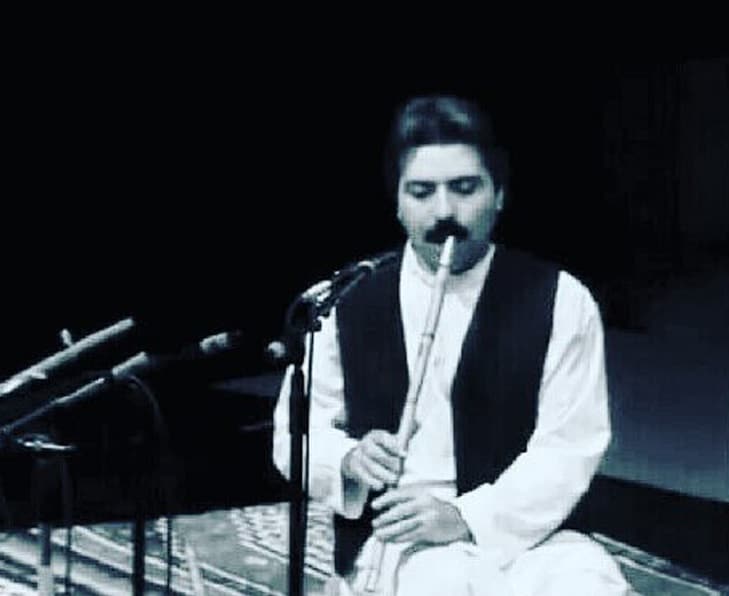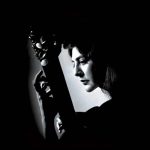
Jamshid Andalibi, one of the most famous ney players in Iran, passed away on the fifteenth of Esfand, 1402, at the age of 66 due to a heart attack at his private residence. Andalibi was a member of a family that had a significant presence in the field of Iranian music in the sixties and seventies.
Jamshid Andalibi started learning music at the age of 10 with an accordion at the cultural and art classes in Sanandaj, under the supervision of Hassan Kamkar. He then joined the youth group and the adult orchestra of the Sanandaj Cultural and Art Center and performed concerts alongside the adult orchestra while receiving various music lessons. Influenced by the ney performances of Hassan Kasaei, Andalibi became interested in playing the ney and initially started learning the instrument without a teacher. In 1354, he was accepted into the Faculty of Fine Arts at the University of Tehran in the music field.
During this period, he learned from Dr. Hossein Omoumi, a ney player, and also attended classes by other masters such as Nasrollah Nasehpour, Noor Ali Borumand, and Mohammad Reza Lotfi. By forming the Aref group with Parviz Meshkatiyan and Hossein Alizadeh, he joined this group and performed concerts and recordings with this group in the sixties. Andalibi went to Isfahan in 1360 to complete advanced ney playing techniques with Hassan Kasaei.
He was considered one of the most hardworking ney players in the sixties and seventies, especially collaborating closely with Mohammad Reza Shajarian on albums such as “Bidad”, “Nava”, “Dastan”, “Dood-e Oud”, “Aseman-e Eshgh”, “Yad-e Ayam”, “Rasvay-e Del”, “Payam-e Nasim”, “Del-e Majnoon”, and “Sarv-e Chaman”.
In addition to playing the ney, Andalibi was also active in composing music, with albums like “Mehman-e To”, “Paeize Neyzar”, and “Mounese Jan” among his works. Andalibi also arranged and played instructional versions of Abolhasan Saba’s Radif for ney.
However, Jamshid Andalibi’s most famous album, “Neynava,” was composed by Hossein Alizadeh. In this work, Andalibi played the ney as soloist. He also appeared on some albums by his brother Jalil Andalibi with the Molana group, leaving remarkable solo performances on albums like “Bigharar” and “Hey Gol.”
Jamshid Andalibi also worked as a ney instructor and contributed players to the artistic community.
Andalibi’s playing style had unique characteristics that distinguished his performances from other ney players.
In recent years, Jamshid Andalibi did not have much activity in ney playing and lived in seclusion.









